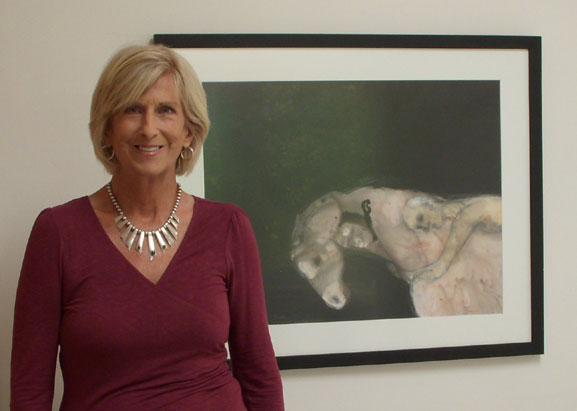|
Growing
up in a military family, Suzanne Betz developed an imaginative life to
offset the childhood isolation and instability of frequent relocations.
Within her fantasies, horses came forward as companion, spirit, and
subject for her youthful drawings. Through her intuitive connection
with this independent creature, Suzanne found both strength and
liberation, which was channeled into her art. More than just an
equestrian, she knew she wanted to be an artist.
Her formal art training began at the Corcoran School of Art (now the Corcoran College of Art & Design) in Washington, D.C., and her early style tended toward abstraction. As the breadth of her subject matter expanded, she held firm to abstract principles. Whether on the East Coast, at her longtime Hawaiian home, or now in the Southwest, Suzanne has worked “from the inside out” in the tradition of artists who struggle to make visible the invisible. |
 |

